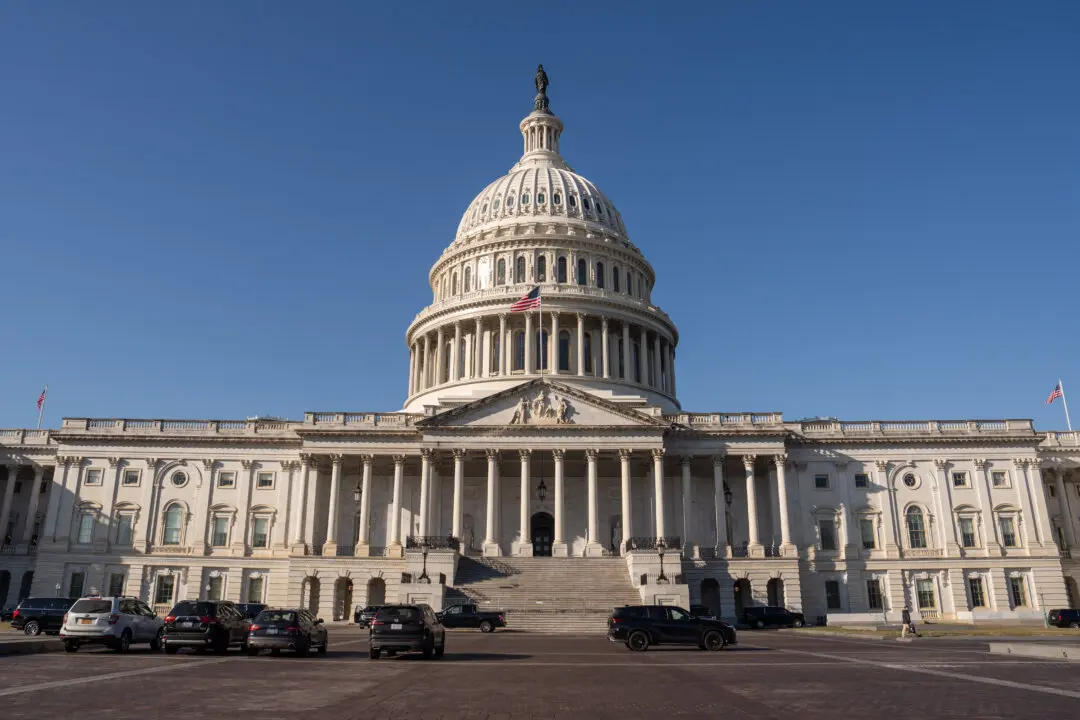A start-up finance venture is touting a “design-once, build-many” model in launching an ambitious plan to kick-start U.S. nuclear energy development by building a spate of new nuclear-fueled power plants.
The Nuclear Company, “a fleet-scale nuclear development company” based in Lexington, Kentucky, announced in a July 18 press release that it can dramatically reduce costs in building nuclear power plants with standardized processes that “integrate proven technology with unparalleled collaboration among diverse organizations.”





